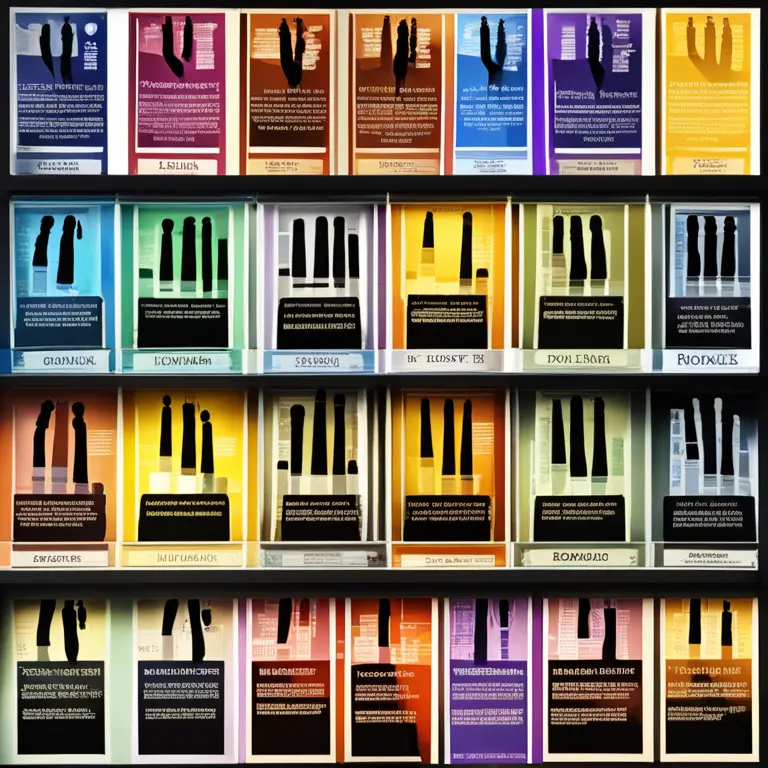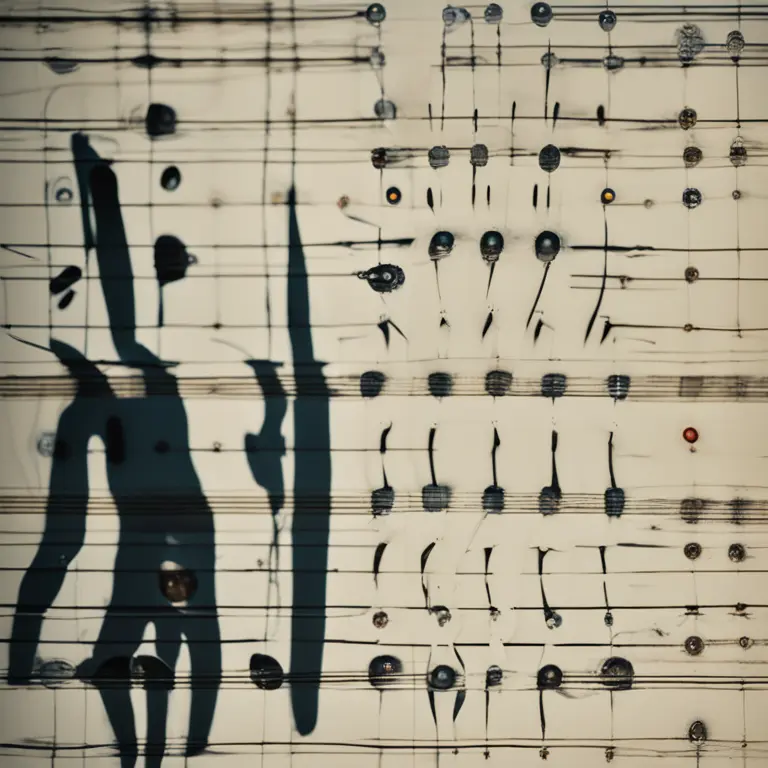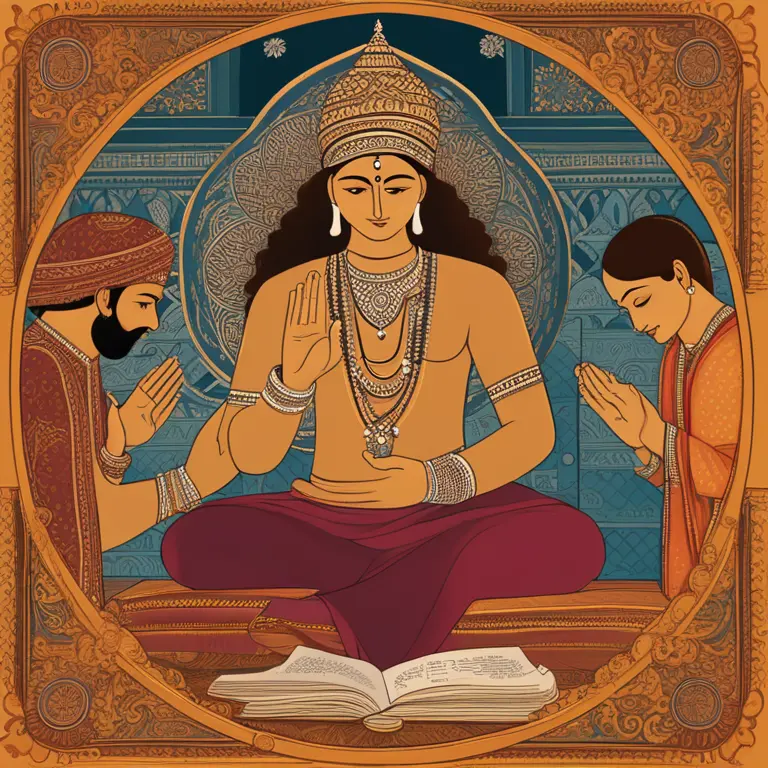
The Origins of Palmistry: Insights Unlocked
Delve into the roots of palmistry to discover its rich history and the key figures responsible for its introduction and development over the centuries.
article by Nora Pennington
The Dawn of Palmistry
Palmistry, also known as chiromancy or chirology, is an ancient practice that traces human destiny and personality traits through the study of the palm. The art has been utilized by various cultures worldwide, and its origins are shrouded in the mists of time. Some of the earliest evidence of palmistry can be found in the cultural realms of India, China, and Egypt, where it is believed to have been practiced as early as 3,000 BCE. These civilizations held the belief that the hands held vital clues to one's life path and inherent characteristics.

Ancestral Influences and Spreading Wisdom
The preservation and dissemination of palmistry are often attributed to Indian mystics and scholars. From India, it is thought to have spread to other regions such as China, Tibet, Persia, Egypt, and Greece. Notably, it was the Greek figure Anaxagoras who is said to have introduced the practice to other scholars and philosophers, including Aristotle, around the 5th century BCE. Aristotle took a particular interest in the lines of the hands and is rumored to have passed this knowledge onto Alexander the Great, who used it to gauge the character of his officers.

The Middle Ages and Beyond
The transmission of palmistry knowledge waned during the Middle Ages due to religious opposition, but it survived clandestinely. It was not until the 17th century that the practice experienced a significant revival in the Western world. Dr. Carl Carus, physician to the king of Saxony in the 19th century, is credited with connecting palmistry to psychology. The 20th century saw a surge in public interest, with figures such as William John Warner, also known as Cheiro, bringing palmistry back into the limelight and authoring several books on the subject.

The Scientific Scrutiny of Palmistry
While palmistry has been historically regarded as a pseudoscience by mainstream academics, recent research in dermatoglyphics — the study of the pattern of ridges on the fingers and hands — has established a scientific basis for some aspects of hand analysis. These studies, however, focus more on genetic and medical information rather than predicting one's future or personality. Nonetheless, the field continues to evolve, with enthusiasts endeavoring to find correlations between hand patterns and psychological traits.

Contemporary Palmistry and Popular Culture
In the current era, palmistry has solidified its presence both as a form of entertainment and a spiritual tool for self-insight. It's become increasingly integrated into popular culture, with online platforms and digital readings bringing it to a wider audience. Renowned figures in the industry have adapted palmistry to contemporary times, establishing certification courses and professional organizations that strive to standardize the practice and training.
The Future of Hand Reading
As we move deeper into the 21st century, the practice of palmistry continues to adapt and transform. With the emergence of artificial intelligence and machine learning, there are new horizons for the analysis of palm lines and hand shapes. This bridge between ancient art and modern technology provides a unique platform for palmistry to become a more personalized and accessible experience, challenging skeptics and enthusiasts alike to reconsider the lines that define us.
Published: 1/11/2024
Modified: 1/12/2024
More predictions
Come back here soon to learn more about yourself and your future


Can Palmistry Foresee One’s Demise?
Delve into the contentious debate about whether palmistry can predict the end of life and the ethical considerations of such a claim.


The Efficacy of Palmistry: Real Insight or Fancy?
Delve into the validity of palmistry as a form of divination. Is there a truth behind the lines on our palms, or is it just a charming fancy?


Palmistry Basics: How to Read Your Hand's Secrets
Learn the basics of palmistry with this guide on how to read the lines and shapes of your hands to reveal insights about your personality and future.